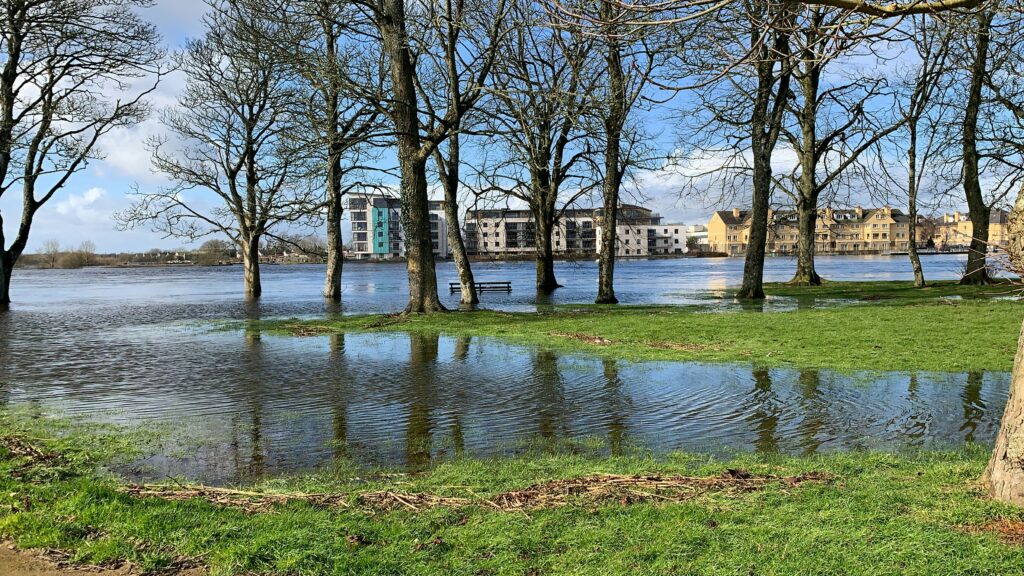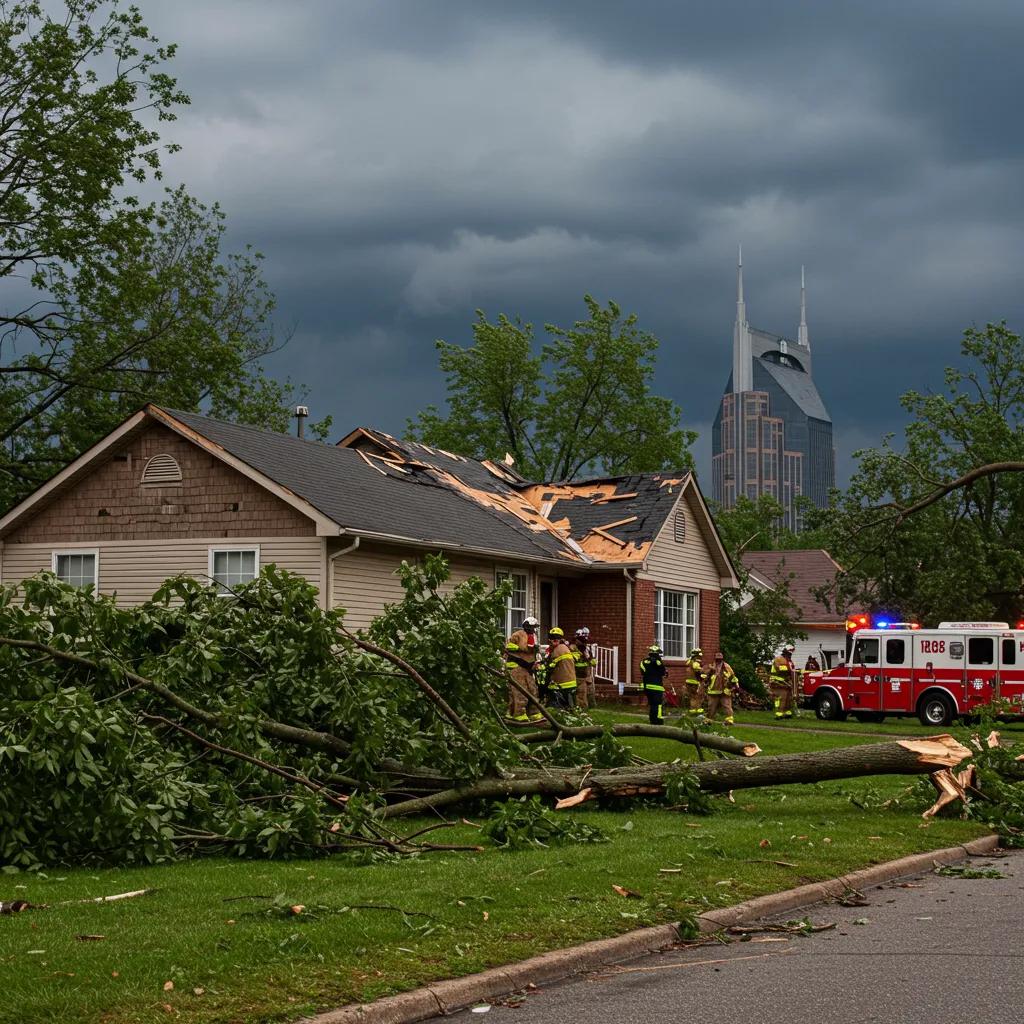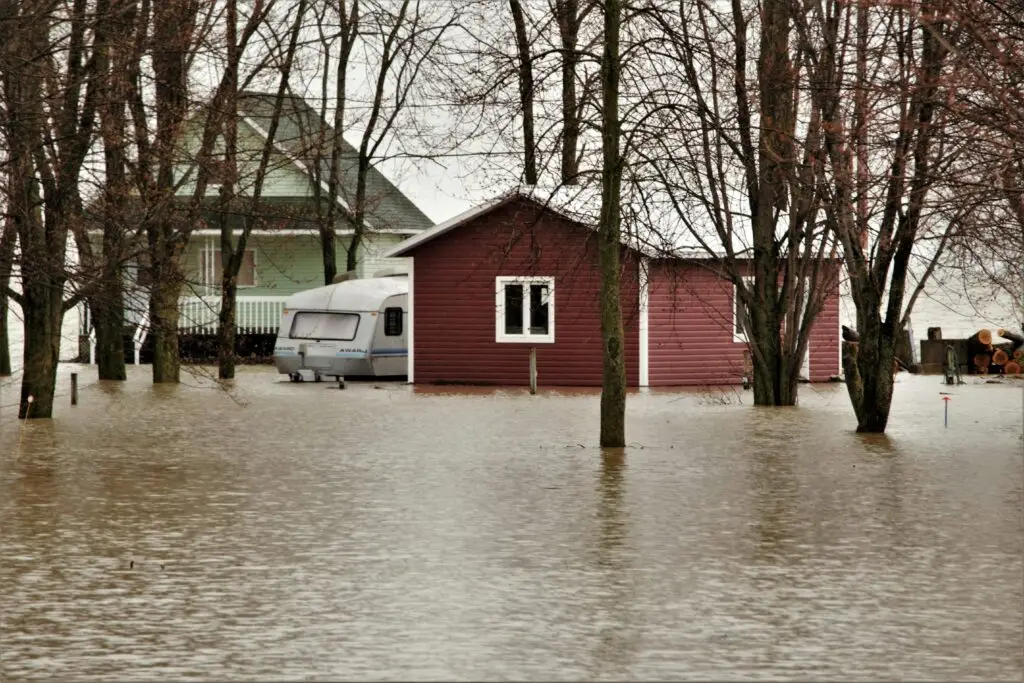
Flood damage can arrive in minutes and leave costly, hazardous problems behind — from weakened structures and live electrical risks to fast-moving mold growth. That’s why a quick, professional restoration response matters: it limits loss, protects health, and reduces long-term repair bills. This guide lays out what flood damage looks like, why the type of water changes your cleanup plan, and how a step-by-step emergency water damage restoration workflow — assessment, extraction, drying, remediation, and repair — helps you recover sooner. You’ll learn how mold remediation works after flooding, which storm repairs stabilize your property, and practical prevention and insurance-documentation tips that speed recovery. We focus on causes common to Middle Tennessee, clear emergency actions you can take, how to spot mold, and prevention tactics that reduce future risk.

Understanding Flood Risks in Nashville, TN: Your Guide to Assessment and Preparedness When we talk about flood risk in Nashville, TN, we’re really talking about how likely it is that your home or business could get damaged by water from heavy rain, river overflow, or surface runoff. This guide explains how those risks might impact […]

When storm damage strikes your Nashville or Murfreesboro property, you need help *now*. Immediate action stops further loss and gets your recovery started. This guide will walk you through what

When a storm rolls through and leaves flooding in its wake, the aftermath can be overwhelming. Recovery starts with a safe and thorough flood clean-up process. This is important whether you have a small amount of water in your basement or significant damage in your home. In this guide, we will show you what to […]
Understanding Flood Damage: Types and Effects
Flood damage can manifest in various forms, each requiring specific restoration techniques. Common types include structural damage, electrical hazards, and contamination from sewage or chemicals. Understanding these categories is crucial for homeowners to effectively address the issues caused by flooding.
For instance, structural damage may include compromised foundations or walls, while electrical hazards can arise from water exposure to wiring. Additionally, floodwaters often carry harmful contaminants, making it essential to assess and remediate these risks to ensure a safe living environment.
Essential Steps for Flood Recovery
Recovering from a flood involves a series of critical steps that homeowners must follow to ensure thorough restoration. The process typically begins with assessing the damage, removing water, and drying out the affected areas. Following these initial steps, homeowners should focus on cleaning and sanitizing to prevent mold growth.
For example, using professional-grade equipment can expedite the drying process, while thorough cleaning with appropriate disinfectants can mitigate health risks. Engaging with restoration experts can also provide a comprehensive recovery plan tailored to specific damage levels.
Choosing the Right Restoration Service
Selecting a restoration service after a flood is a pivotal decision that can significantly impact recovery time and quality. Homeowners should look for certified professionals with experience in flood damage restoration to ensure they receive the best care possible.
In addition, a reputable restoration service will provide transparent pricing, detailed assessments, and a clear timeline for the restoration process. Checking customer reviews and industry certifications, such as IICRC, can help homeowners make informed choices when selecting a service provider.
Preventing Future Flood Damage
Taking proactive measures can significantly reduce the risk of future flood damage. Homeowners should consider implementing drainage solutions, installing sump pumps, and maintaining gutters to divert water away from their property effectively.
Furthermore, regular inspections of the property’s exterior and foundation can identify potential vulnerabilities before they lead to significant issues. Investing in flood insurance can also provide financial protection against unforeseen flood events, offering peace of mind for homeowners.
Understanding Flood Damage: Types and Effects
Flood damage can manifest in various forms, each requiring specific restoration techniques. Common types include structural damage, electrical hazards, and contamination from sewage or chemicals. Understanding these categories is crucial for homeowners to effectively address the issues caused by flooding.
For instance, structural damage may include compromised foundations or walls, while electrical hazards can arise from water exposure to wiring. Additionally, floodwaters often carry harmful contaminants, making it essential to assess and remediate these risks to ensure a safe living environment.
Essential Steps for Flood Recovery
Recovering from a flood involves a series of critical steps that homeowners must follow to ensure thorough restoration. The process typically begins with assessing the damage, removing water, and drying out the affected areas. Following these initial steps, homeowners should focus on cleaning and sanitizing to prevent mold growth.
For example, using professional-grade equipment can expedite the drying process, while thorough cleaning with appropriate disinfectants can mitigate health risks. Engaging with restoration experts can also provide a comprehensive recovery plan tailored to specific damage levels.
Choosing the Right Restoration Service
Selecting a restoration service after a flood is a pivotal decision that can significantly impact recovery time and quality. Homeowners should look for certified professionals with experience in flood damage restoration to ensure they receive the best care possible.
In addition, a reputable restoration service will provide transparent pricing, detailed assessments, and a clear timeline for the restoration process. Checking customer reviews and industry certifications, such as IICRC, can help homeowners make informed choices when selecting a service provider.
Preventing Future Flood Damage
Taking proactive measures can significantly reduce the risk of future flood damage. Homeowners should consider implementing drainage solutions, installing sump pumps, and maintaining gutters to divert water away from their property effectively.
Furthermore, regular inspections of the property’s exterior and foundation can identify potential vulnerabilities before they lead to significant issues. Investing in flood insurance can also provide financial protection against unforeseen flood events, offering peace of mind for homeowners.




